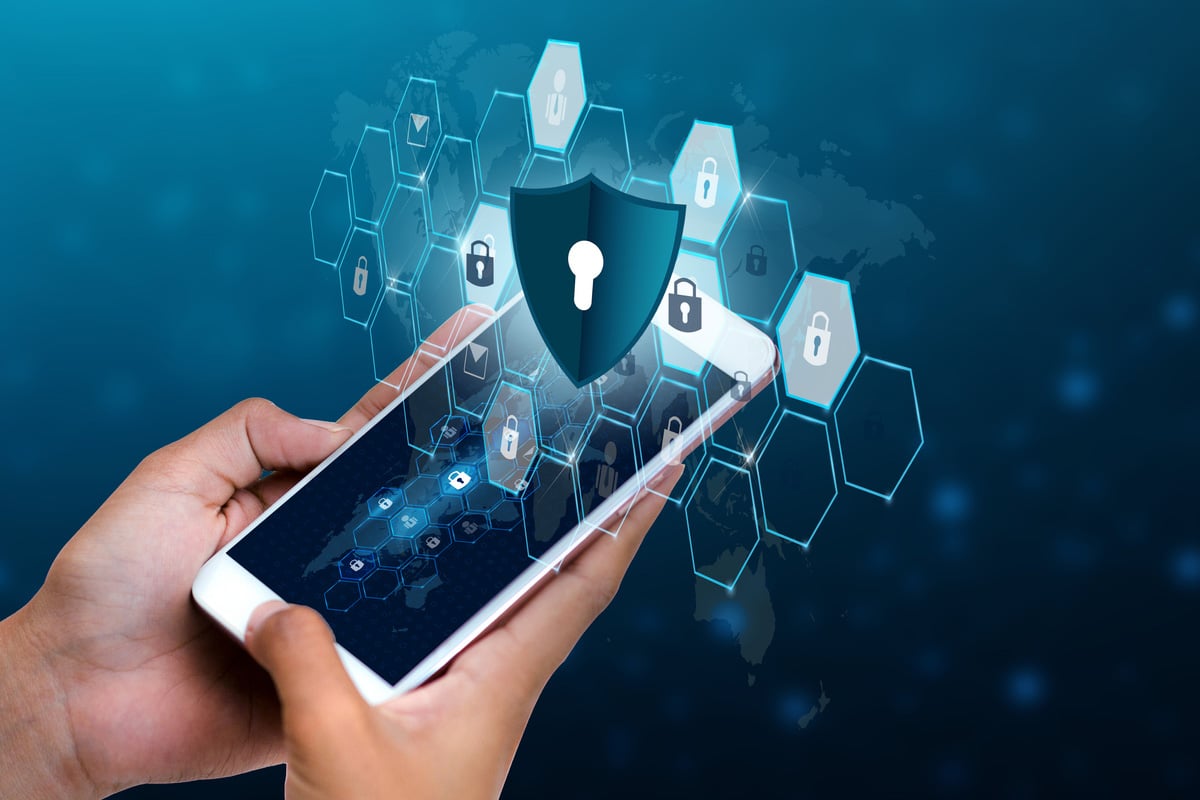The next normal of work is here. Following the COVID-19 pandemic, the majority of businesses transitioned to remote work settings. Companies found that not only was remote work beneficial for employee health and safety, but it also offered flexibility and potential cost savings. But with every innovation and change, new challenges emerge. As our work environment extends to include our homes and other remote settings, the cyber risks associated with these changes also multiply. Protecting sensitive data, maintaining business integrity, and securing client trust have now become more complex and crucial than ever.
Understanding the Cyber Landscape in the Age of Remote Work
When employees work remotely, they often connect to company systems and tools using their home Wi-Fi or public networks. These networks may not have the same stringent security measures as corporate networks, creating potential entry points for cybercriminals. Additionally, the use of personal devices for work introduces another layer of risk as these devices may not be adequately secured or updated regularly to protect against the latest threats.
According to a report by Malwarebytes, there was a 20% increase in cyber threats specifically targeting remote workers between 2020 and 2021. These threats ranged from phishing attempts and ransomware attacks to network intrusions and data breaches, posing significant risks to both businesses and their remote employees.
The Shared Responsibility of Cybersecurity
The burden of responsible cybersecurity practices is always shared between the employer and employee. In a traditional office environment, employers shoulder the majority of this burden, as they have more control over the security measures being used. In a remote work setting more of the responsibility is shifted to the employee, who uses personal devices and home networks as gateways to their organization's digital world. If these devices are compromised, cybercriminals can gain access to confidential business data, disrupt business operations, and damage an organization's reputation.
Safeguarding Your Home Wi-Fi Network
The first line of defense in a remote work environment is the security of your home Wi-Fi network. Here are some practical steps to enhance its security:
- Changing default usernames and passwords: Router manufacturers set default usernames and passwords for their devices, which are often the same for all devices of a particular model and are easily found online. Changing these to strong, unique credentials makes it more difficult for hackers to gain control of the network.
- Enabling WPA3 encryption: WPA3 is the latest protocol for securing Wi-Fi networks, and it offers more robust protections than its predecessor, WPA2. Check your router's settings to see if WPA3 is an option, and if it's not, consider upgrading to a router that supports it.
- Disabling remote management: Many routers allow you to manage them remotely, which can be convenient but also introduces another potential point of attack. It's best to disable this feature to enhance your network security.
- Regularly updating router firmware: Like all technology, routers benefit from regular updates. These updates can improve functionality, but more importantly, they patch vulnerabilities and enhance security.
Securing Personal Devices
Your devices—whether a laptop, tablet, or smartphone—are portals to your work environment. Whether you use your own devices or those provided by the company, it's critical to ensure these devices are secure.
- Regular updates: Software updates often include patches for vulnerabilities, so it's crucial to keep all software, including operating systems and applications, up-to-date.
- Endpoint detection and response (EDR) software: This software can protect devices from a wide range of threats, including malware, ransomware, and phishing attacks.
- Firewalls: Firewalls provide proactive protection, blocking unauthorized access to the device.
- Regular security scans: Automated, regular scans ensure that no threats have managed to infiltrate the system.
- Backup and recovery: All data should be backed up regularly. In case of a security incident, having recent backups can reduce the impact significantly.
Staying Informed and Vigilant
Personal awareness is an essential part of ensuring home and remote work environments are secure. In the ever-evolving landscape of cybersecurity, threats continually emerge and change in nature, requiring a commitment to education and awareness. It's not just about having up-to-date systems or using secure tools; employees need to develop an understanding of the threats they face and how to identify and react to them. This includes recognizing the signs of phishing emails, understanding the importance of not sharing sensitive information unless it's necessary and properly authorized, and staying updated on the latest cybersecurity trends and threats. Encouraging these habits of informed vigilance helps build the human firewall – a critical line of defense in maintaining a secure home and remote work environment.
Embrace a Culture of Cybersecurity
Cybersecurity isn't just an IT issue—it's a business issue that requires everyone's attention. Create a culture of cybersecurity in your organization by promoting good cyber hygiene, encouraging regular training, and fostering open communication about potential threats. Everyone in your organization should understand the role they play in protecting company data. While employees have a significant role to play, employers must also be proactive in promoting and facilitating a secure remote work environment. This can be done through:
- Clear policies: Employers should establish clear policies about data access, device use, and security practices and ensure these policies are communicated to all remote workers.
- Training: Regular training can ensure that all employees understand the threats they may face and the steps they can take to protect against them. Training should also include clear instructions on what to do if a security incident occurs.
- Secure tools: Employers can provide secure tools for remote work, such as VPNs for secure connections, firewalls and virus protection, and encrypted messaging tools for communication.
- Frequent check-ins: Regular communication with remote workers can help employers ensure policies are being followed and address any issues or concerns that arise.
Wrapping Up
As remote work becomes the norm, businesses must adapt their cybersecurity strategies accordingly. The security of your business is reliant on the shared responsibility of the organization and its workers. By understanding the risks and taking steps to secure networks and devices, you can protect sensitive data, maintain business operations, and preserve customer trust.
If you're feeling overwhelmed, remember that you don't have to face these challenges alone. We're here to assist in any way we can. Let's work together to protect your business from the threats of today and prepare for those of tomorrow.
Let us help you focus on what's most important—running your business. We've got your back when it comes to your IT needs, providing you with peace of mind in the new workplace reality.





